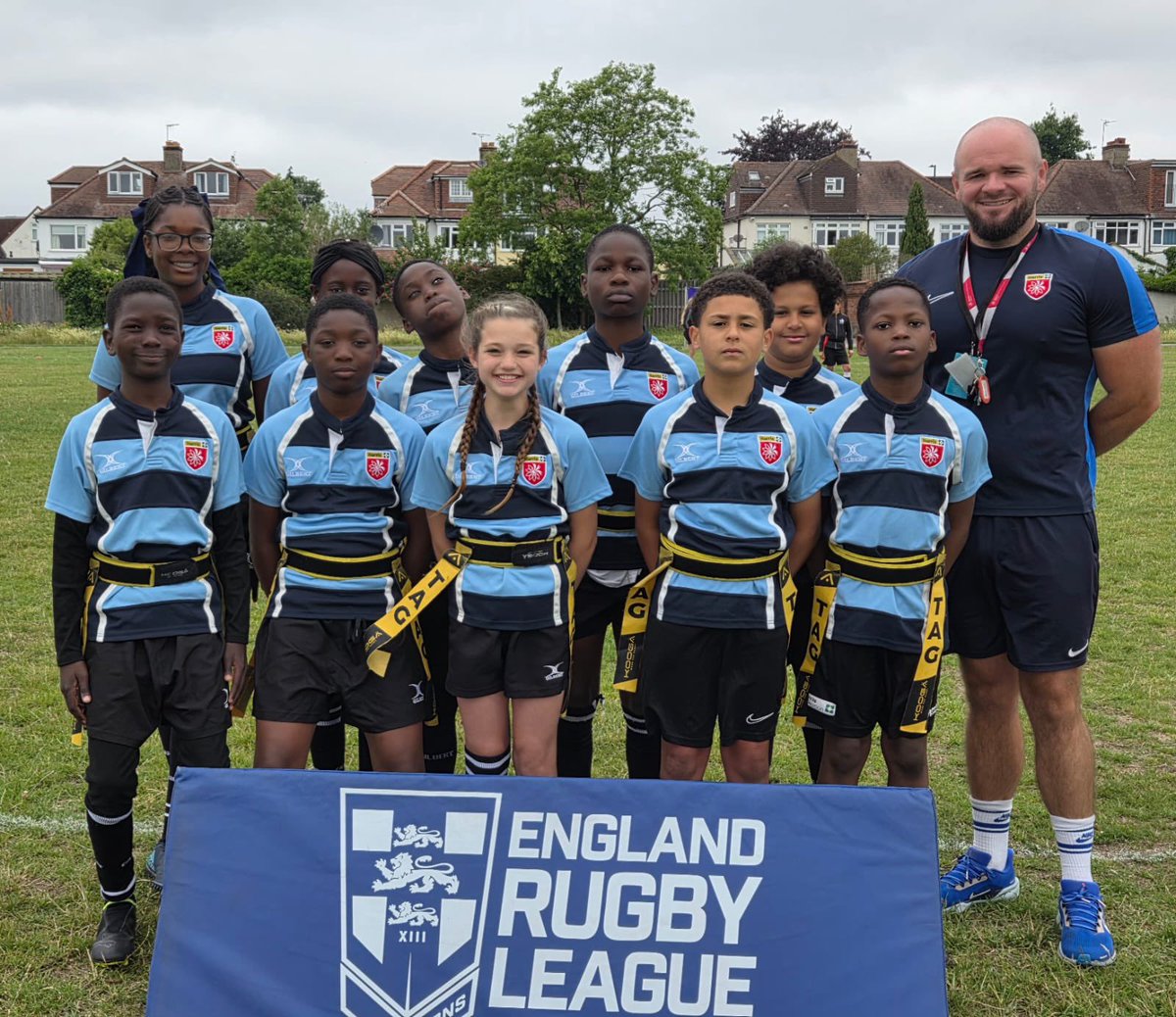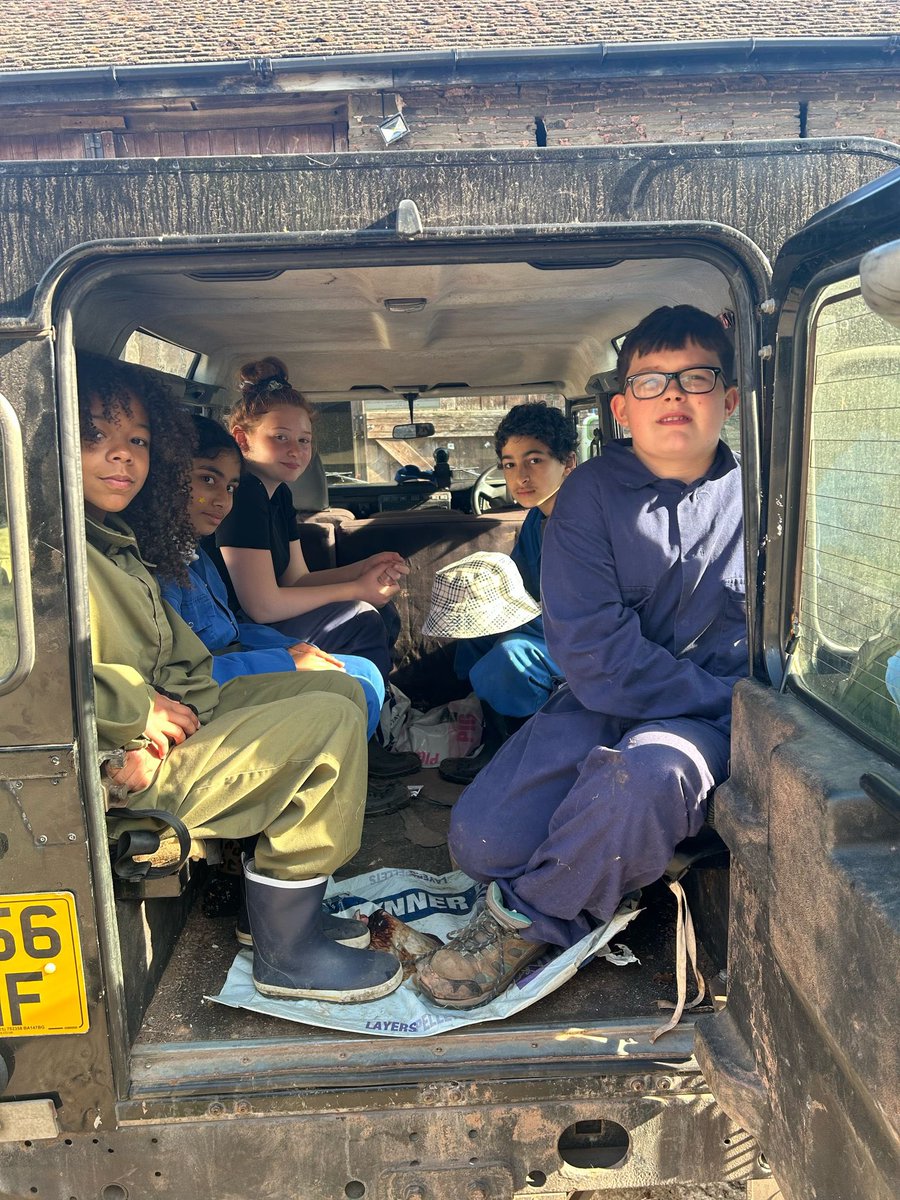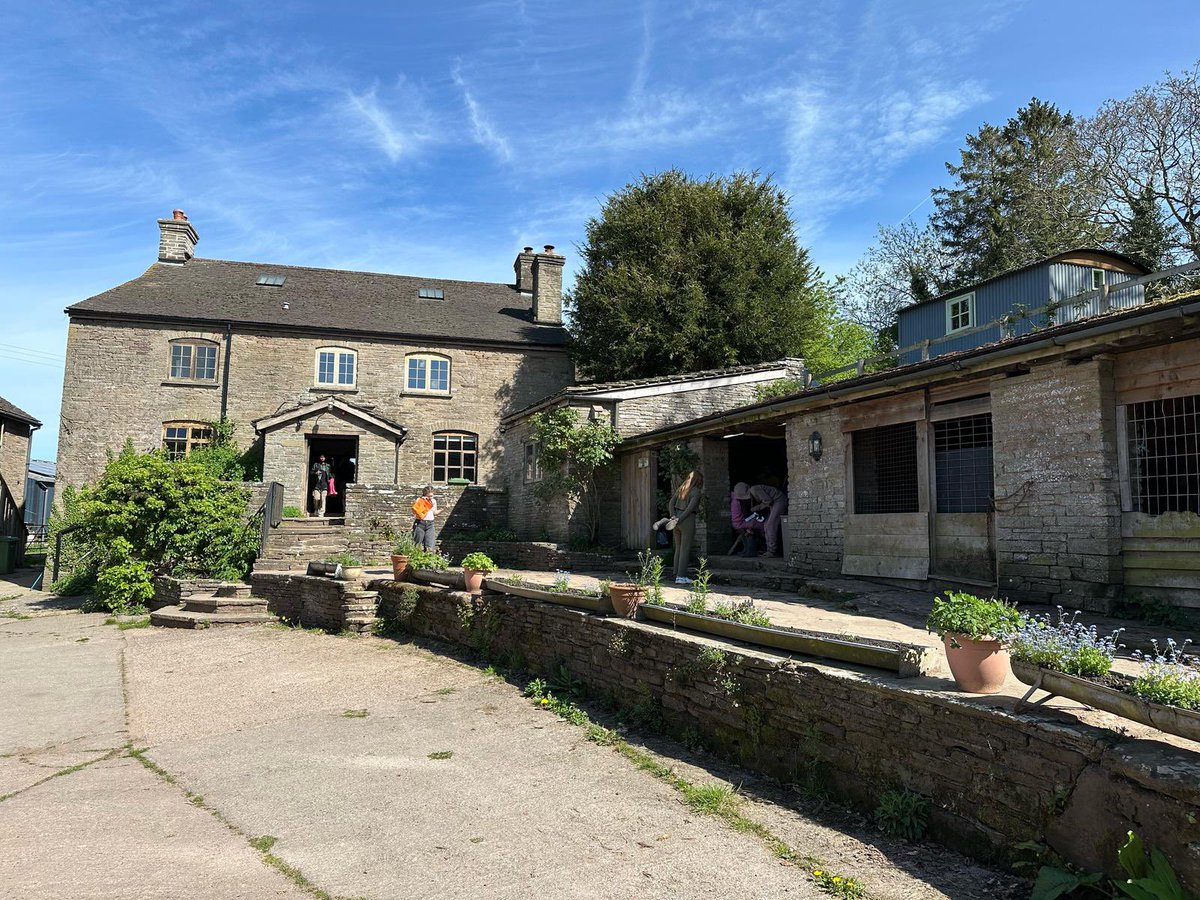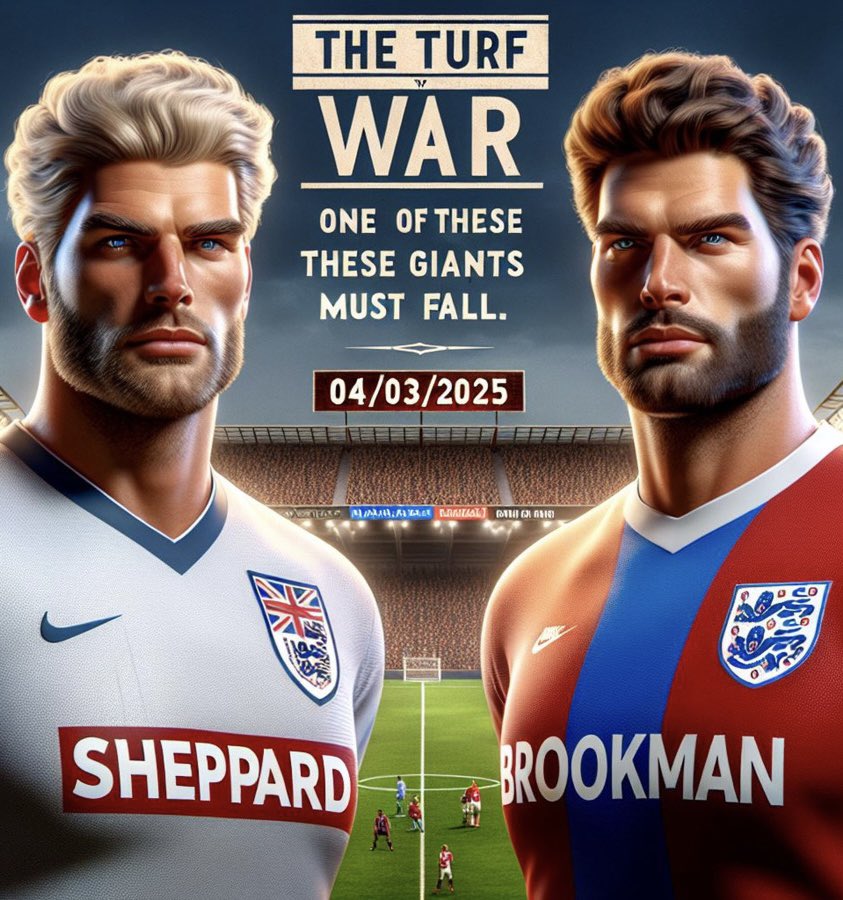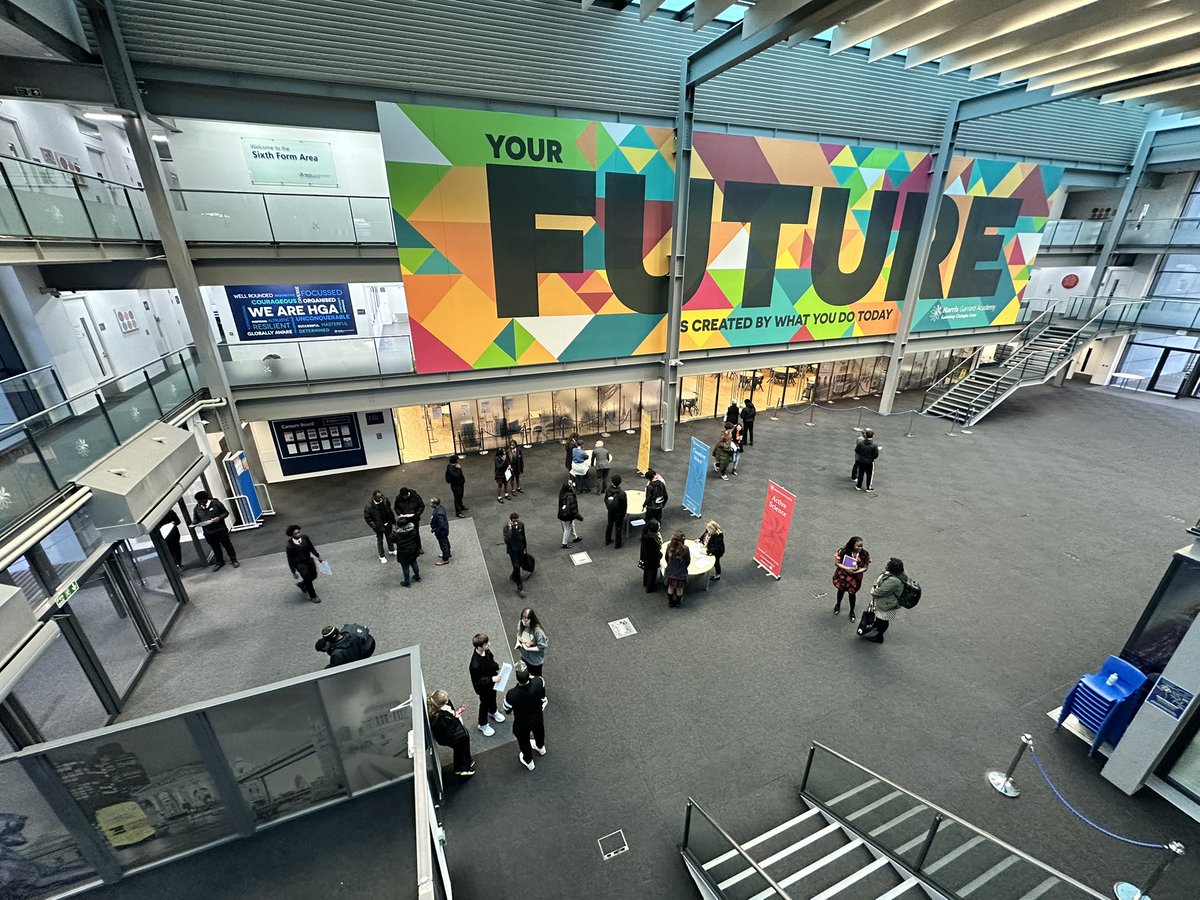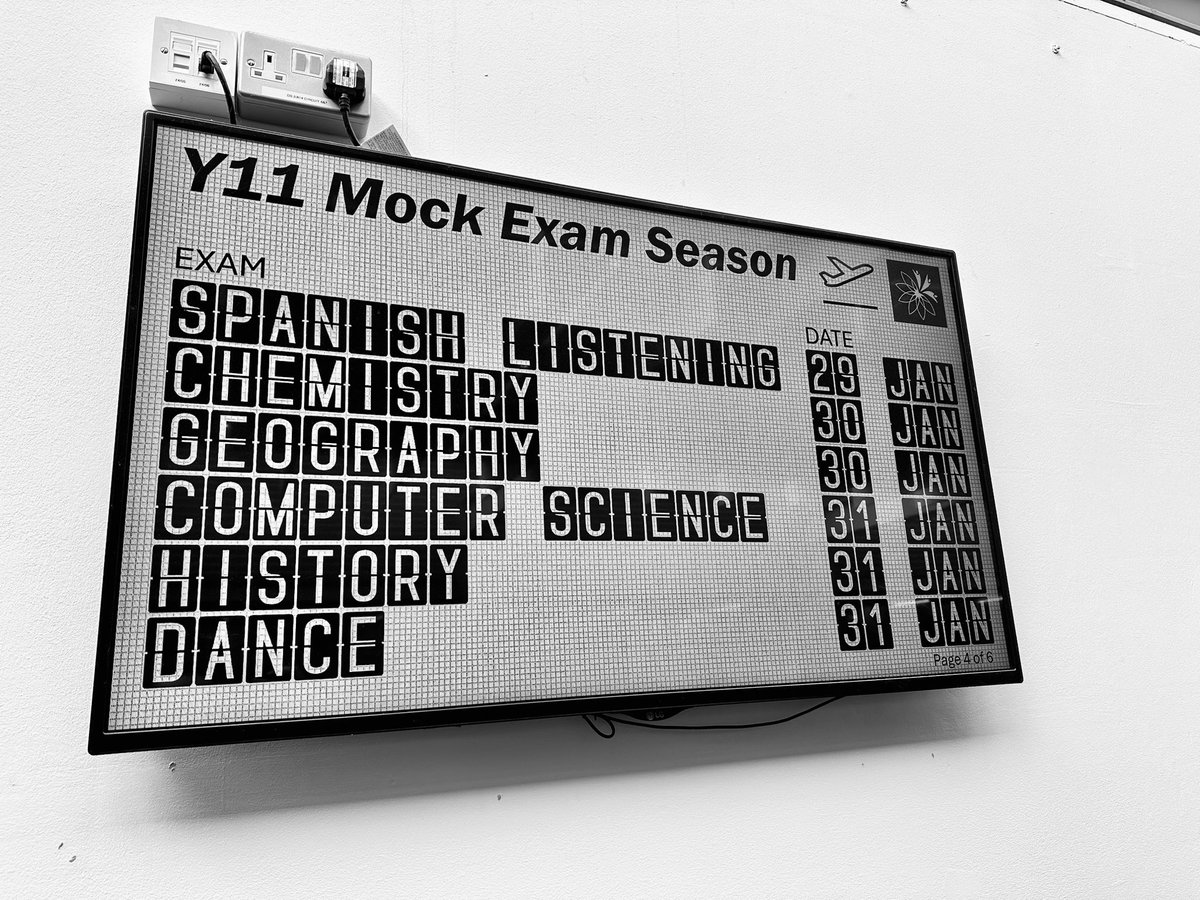Great Learning - Some Examples
We are proud of the creativity, skill and perseverance our students show every day. Below is a gallery of homework, classwork and coursework that has impressed staff this year, and which we will update regularly. See also great work by our primary students.
English - Year 9
The Merchant of Venice contextual knowledge grid: patriarchy, property, law. Model paragraph shows scene-specific analysis, vocabulary focus (catalyst) and evaluation of gender expectations.

Clear and close scene focus on title and start of extended writing.


Maths - Key Stage 3
In KS3, we are learning about averages, specifically how to calculate the mean, median, and mode from a set of data.
To calculate the mean, we add all the numbers in the list together and divide the sum by the total number of values. This gives us the average, or typical value, for the data set. We also explore the median, which is the middle number when the data is arranged in ascending order, and the mode, which is the value that appears most frequently. Understanding these averages helps us make sense of data and identify trends in various situations, from sports scores to temperatures or even test results.



History - Years 10 and 11
Year 10 History learn about US–Russian power relations and its wider international impact. While Year 11 learn about Elizabethan England. Linked to this is rule of law, society and faith.


Food Technology – Year 7
Pupils self-assessed key KS3 practical skills: rubbing-in, combining, portioning, fibre awareness, hygiene, oven safety and recipe adaptation. Live evaluation highlighted how over-mixing breaks down fat, producing flatter, greasier biscuits – a great lesson in food science.


Design & Technology – Year 11 GCSE
Coursework task: design a product for (a) sport support, (b) educational play, or (c) eating on the go. Featured project: a tactile 3-D sensory puzzle for our Wellbeing Room, developing users’ motor skills and sensory regulation.

This is what a Year 11 student had to say about his coursework:
“For my GCSE Design and Technology coursework, I designed and developed a tactile sensory 3D puzzle specifically intended for use in the Wellbeing Room at Harris Garrard Academy. The Wellbeing Room is a safe, nurturing space that supports students aged 11 to 16 who may experience special educational needs, learning difficulties, or emotional challenges. It offers a calm, inclusive environment where students can take a break from the pressures of mainstream classrooms and receive the personalised support they need to succeed both emotionally and academically.
 "With that purpose in mind, I set out to design a product that would fit naturally into that environment. My puzzle is intended to help students develop fine and gross motor skills, as well as increase sensory awareness through engaging, hands-on interaction. It features a unique interlocking mechanism that encourages users to physically manipulate and connect the pieces, which helps to build coordination, concentration, and problem-solving skills.
"With that purpose in mind, I set out to design a product that would fit naturally into that environment. My puzzle is intended to help students develop fine and gross motor skills, as well as increase sensory awareness through engaging, hands-on interaction. It features a unique interlocking mechanism that encourages users to physically manipulate and connect the pieces, which helps to build coordination, concentration, and problem-solving skills.
"A key focus of my design was tactile stimulation. To support this, I incorporated a range of raised and recessed textures across different surfaces, as well as a selection of tactile fabrics with varied feel and resistance. These features help students explore through touch and can be especially beneficial for users who are neurodivergent or experience sensory processing difficulties.

"The product is deliberately bold, colourful, and easy to grip, making it accessible and inviting to a wide range of users. I wanted to ensure that the puzzle was not only functional, but also enjoyable and visually engaging while encouraging repeated use and interaction within the Wellbeing Room. It supports students in building confidence, regulating emotions, and practising skills in a low-pressure environment.
"I’m incredibly proud of the outcome. This project has shown me how powerful Design and Technology can be when it’s used to solve real-world problems and help people. By focusing on inclusivity, sensory needs, and user wellbeing, I was able to create a meaningful product that could make a genuine difference in a school setting. The tactile sensory 3D puzzle reflects both my creativity and my commitment to designing with empathy and purpose.”
Art
In Art & Design, we teach students how to get inspired, develop ideas, imagine, and invent. Also, to design, make and problem solve.
We foster both individual and collaborative creativity through diverse artistic experiences and exploration. We do this by providing a choice of materials, artists/designers/craftspeople, and possible directions and by giving independent practice time to students for experimenting and exploring – leading to the mastery of skills and techniques. This is achieved through practical work and activities based on set themes or topics (areas of study). Students are guided by instruction on how to develop skills, making, drawing/painting/sculpture/printing, etc.
We learn skills as an ongoing process and by working towards predetermined outcomes. Projects incorporate knowledge about Art, Craft, Design. Artists, Style, Function, Purpose, Meaning, Formal Elements – students are exposed to the best of the best in terms of artists and inspiration. We ensure that students become proficient in researching, analysing, experimenting, evaluating, developing and planning creative outcomes to a refined level.
For our students to be creative, we allow for freedom of thinking and ensure that they understand that mistakes are part of the learning process.
Year 7 sketchbook studies exploring the Art Elements and Principles
Year 8 sketchbook experimentation exploring the theme of 'Post-Modern Architecture'

Year 9 work based on the theme 'Islamic Tiles'

Year 9 homework - Multicultural Art

Year 9 sketchbook studies exploring Egyptian Art and Cultural Masks from around the world.

Year 9 homework experimentation based on the theme 'Pop Art'.

Year 10 GCSE work - student research on the contemporary artist Christopher Locke

Mixed-media response to the artist Betty Busby - GCSE Year 10 sketchbook studies

Year 10 work based on the theme of 'Identity' using collage and graphite media

Year 10 artist research pages and analysis based on the artist Jeremy Olsen

Year 10 sketchbook - personal response to the theme 'Lock' using mixed-media

Year 11 research pages based on the artist Banksy

GCSE work based on the theme 'Gathering'

Year 11 sketchbook research and experimentation based on the artist Ian Murphy

GCSE Art - analysing artist work for their theme 'Gathering'

GCSE Art sketchbook research on the artist Kate Brinkworth in response to the theme 'Gathering'

GCSE Art - artist response pages based on the theme 'Gathering'

GCSE artist response pages based on the artist Rene Magritte

GCSE sketchbook research and exploration studies based on the artist Ian Murphy using mixed-media

Science - Key Stage 3
Pupils' work on the Sound and Ultrasound unit: echolocation in nature and technology applications. Practical demos include online sonar simulation and “sound-navigation” class game.

Ear-structure diagrams with safe-hearing guidelines.

Spanish - Year 11
Here is Florella (Year 11 student) using our writing acronym AVOCADOS (Adjectives, Verbs, Opinions, Connectives, Adverbs, Descriptors, Outstanding Phrases, Sequencers) to practice exam technique for her GCSE exam to produce grade 7-9 pieces of writing. She also self-assesses her translations using the exam board rubric to get into the mind of the examiner, a regular practice in our MFL lessons.



Religious Studies - Five Pillars of Islam
The image is talking about the second pillar of Islam which is Salah (prayer). Muslims (Sunni Muslims) pray five times a day (Shia Muslims pray three times a day). The first quote describes what Muslims must do before prayer which is Wudu – spiritual and physical cleansing before prayer. The second quote emphasise that all Muslims face the direction of the Kaaba in Mecca while praying.

Geography
This page shows how students learnt about the global atmospheric circulations system. Students had to link this to how it affects the climate in different climatic zones. This topic is linked to atmospheric hazards and global ecosystem all taught at Year 10.

The page below shows the response to a six-mark question on tectonic hazards and their impacts. The case study here is Sichuan in China.

The final page shows exam practice on Distinctive Landscape, a physical geography topic.

Economics - Key Stage 5
This piece of work is a redraft of a 25-mark question that is set weekly in class. The students are then given a chance to re-draft an area of the success criteria to improve their understanding and grade.
Students learn a micro and macro topic each week and have a variation of activities in class that allows them to improve their knowledge and understanding of a topic in short tests or their long writing with marathon style write-a-thons.

BTEC Business - SWOT analysis
This piece of work is an example of a SWOT analysis the students did under exam conditions. They were given a chosen business and instructed to complete a research task around what political, economic social and technologic factors influence a business. They then had to summarise the article and provide two recommendations how their business can adapt and improve. This topic is in preparation for their Component 1 coursework where they have to research a business of their choice.


